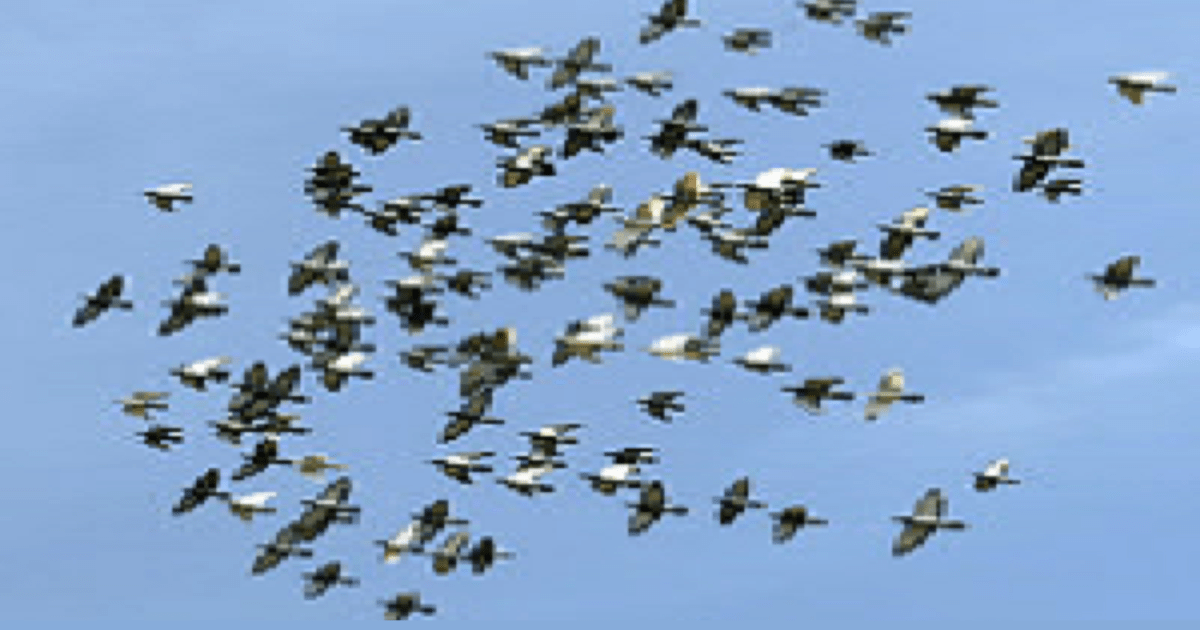Multi-Agent System Control: Recent Theories and Applications
A special issue of Applied Sciences (ISSN 2076-3417). This special issue belongs to the section "Computing and Artificial Intelligence".
Deadline for manuscript submissions: closed (1 February 2023) | Viewed by 1545

Special Issue Editors
Interests: robotics; sensor-based robotics; pattern recognition; multi-sensor information fusion; multi-agent coordination; networked robot; embed systems
Interests: robotics; software engineering
Special Issue Information
Dear Colleagues,
Multi-agent systems (MAS) use multiple interacting intelligent agents to solve problems that are difficult or impossible for an individual agent to solve. MAS can be applied in not only academic research, but also in industry and many other areas, such as computer games, networking and mobile technologies, transportation, logistics, manufacturing, power systems, smartgrids and geographic information systems (GIS). This Special Issue is dedicated to the control and communications of multi-agent systems (MAS). We invite researchers to submit original quality studies, urging them to address the main sub-disciplines, which include, but are not limited to, the following:
- agent-oriented software engineering;
- beliefs, desires, and intentions (BDI);
- cooperation and coordination;
- distributed constraint optimization (DCOP);
- organization;
- communication;
- negotiation;
- distributed problem solving;
- multi-agent learning;
- agent mining;
- scientific communities (e.g., on biological flocking, language evolution, and economics);
- dependability and fault-tolerance;
- robotics, multi-robot systems (MRS), robotic clusters;
Prof. Dr. Jianbo Su
Dr. Dengpeng Xing
Prof. Dr. Xusheng Lei
Guest Editors
Manuscript Submission Information
Manuscripts should be submitted online at www.mdpi.com by registering and logging in to this website. Once you are registered, click here to go to the submission form. Manuscripts can be submitted until the deadline. All submissions that pass pre-check are peer-reviewed. Accepted papers will be published continuously in the journal (as soon as accepted) and will be listed together on the special issue website. Research articles, review articles as well as short communications are invited. For planned papers, a title and short abstract (about 100 words) can be sent to the Editorial Office for announcement on this website.
Submitted manuscripts should not have been published previously, nor be under consideration for publication elsewhere (except conference proceedings papers). All manuscripts are thoroughly refereed through a single-blind peer-review process. A guide for authors and other relevant information for submission of manuscripts is available on the Instructions for Authors page. Applied Sciences is an international peer-reviewed open access semimonthly journal published by MDPI.
Please visit the Instructions for Authors page before submitting a manuscript. The Article Processing Charge (APC) for publication in this open access journal is 2400 CHF (Swiss Francs). Submitted papers should be well formatted and use good English. Authors may use MDPI's English editing service prior to publication or during author revisions.
Keywords
- multi-agent systems (MAS)
- Internet of Things (IoT)
- wireless sensor networks
- data aggregation
- remote sensing
- distributed computing
- parallel computing
- cloud computing
- artificial intelligence (AI)
- multi-robot systems (MRS)
- complex systems





